Disclosure: This article contains affiliate links. We may earn a commission from purchases at no extra cost to you, which helps our travel content.
The moment I stepped off the plane in Baton Rouge, my senses were immediately enveloped by something I hadn't anticipated – that distinctive aroma of Cajun spices wafting through the air, telling stories of generations past. As someone who's spent decades mapping Australia's rugged terrain and the last several years exploring Alaska's vast wilderness, I've developed a surveyor's precision for documenting landscapes. But here in Louisiana's capital, I found myself mapping something entirely different: a rich culinary topography where every restaurant, market stall, and family kitchen holds coordinates to treasure. This weekend food crawl wasn't just about satisfying hunger – it was about understanding how a region's history, environment, and cultural intersections manifest on the plate. Grab your appetite and a good pair of walking shoes; we're about to embark on a methodical exploration of Baton Rouge's Cajun cuisine that combines my technical approach to discovery with the pure joy of eating extraordinarily well.
Understanding Cajun Cuisine: A Surveyor's Perspective
Before diving into specific eateries, let me establish some baseline coordinates. Cajun cuisine isn't simply a style of cooking – it's a cultural landmark with clear historical boundaries and influences. Originating with the Acadian exiles from Canada in the 18th century, this cuisine represents adaptation and resilience, utilizing what the Louisiana landscape provided.
As a surveyor, I appreciate precision, and there's nothing imprecise about authentic Cajun cooking. The holy trinity of bell peppers, onions, and celery forms the foundation of nearly every dish, much like how triangulation points establish a reliable survey grid. Layered upon this foundation are specific techniques – blackening, smothering, étouffée – each with distinct methodologies and outcomes.
During my exploration, I carried my field notebook everywhere, documenting flavor profiles and cooking methods with the same attention to detail I once used for documenting rock art sites. The parallels between mapping terrain and mapping flavor are surprisingly numerous – both require careful observation, documentation of patterns, and respect for what came before.
What distinguishes Baton Rouge's Cajun scene from New Orleans is its proximity to rural traditions and less tourism influence, resulting in food that's often more straightforward but no less complex in flavor. Here, roux isn't just an ingredient – it's a spectrum ranging from blonde to chocolate-brown, each shade indicating different applications and flavor profiles.

💡 Pro Tips
- Learn to identify the 'holy trinity' of Cajun cooking: bell peppers, onions, and celery – they form the base of authentic dishes
- Understand that true Cajun cuisine isn't necessarily spicy-hot but rather deeply seasoned
- Appreciate the distinction between Cajun (rural, French-Acadian roots) and Creole (urban, multi-cultural influences) cooking traditions
Market Mapping: Sourcing Like a Local
My exploration always begins at local markets – they're the geological bedrock of any food culture. The Red Stick Farmers Market (named for Baton Rouge's French translation) operates Thursday mornings downtown and Saturday mornings at the Main Library on Goodwood Boulevard. Here, the coordinates for authentic Cajun cuisine are laid bare.
Navigating between stalls, I documented local specialties with the same methodical approach I once used for cataloging Aboriginal rock art sites. Farmers proudly displayed okra, mirlitons (chayote squash), and varieties of peppers I'd never encountered in Alaska. One vendor, Ms. Thibodeaux, whose family has farmed the same land for seven generations, showed me how to select the perfect andouille sausage – firm but not hard, with a balanced ratio of meat to fat.
At Southside Produce Market, I discovered an impressive selection of local seafood. The crawfish, when in season, are measured and graded with a precision that would impress any surveyor. I watched as locals negotiated for the freshest catch, their standards as exacting as any quality control system I've encountered.
For those wanting to bring flavors home, I recommend stopping by Red Stick Spice Company. Their house-blended Cajun seasonings are meticulously formulated, and I filled my travel spice kit with their blackening blend and file powder (ground sassafras leaves essential for gumbo).
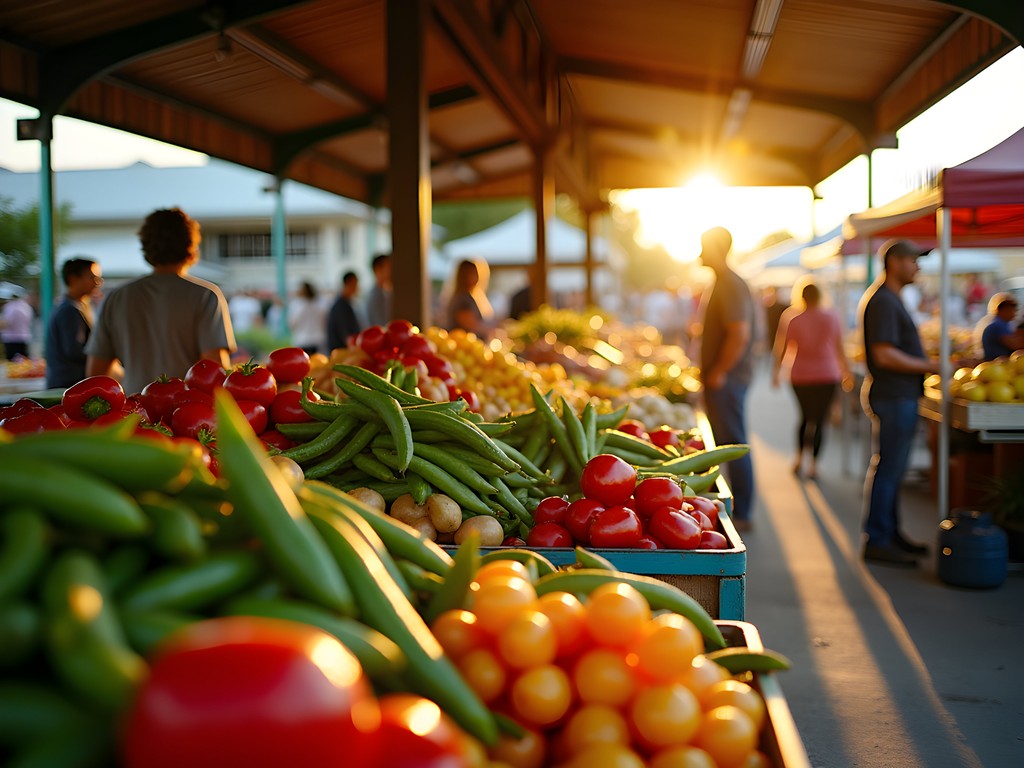
💡 Pro Tips
- Visit Red Stick Farmers Market early (before 9am) for the best selection of seasonal produce
- Ask vendors about cooking suggestions – most are happy to share family recipes and techniques
- Look for seafood labeled with harvest location – locally sourced is always preferable
Landmark Eateries: Mapping the Must-Visit Coordinates
After establishing the baseline understanding of ingredients, I triangulated the positions of Baton Rouge's essential Cajun eateries. Like geological formations that define a landscape, these establishments form the backbone of the local food scene.
Poor Boy Lloyd's downtown has been operating since 1967 and serves po'boys that adhere to strict traditional specifications. Their oyster po'boy demonstrates perfect textural contrast – crisp-fried seafood against soft French bread, the sandwich's structural integrity maintained despite generous dressing. I measured mine at nearly 12 inches – field notes indicate it was consumed in approximately 15 minutes.
For a more comprehensive Cajun experience, Roberto's River Road Restaurant in nearby Port Allen presents an excellent cross-section of classics. Their crawfish étouffée achieves the perfect viscosity – not too thick, not too thin – with a roux developed to that precise mahogany color that indicates proper flavor development. The restaurant sits alongside the Mississippi River, and watching cargo ships pass by while dining creates a perfect contextual understanding of how this waterway shaped Cajun culture.
The most revelatory experience came at Elsie's Plate & Pie, where traditional meat pies showcase the technical precision of Cajun pastry work. The crimping pattern along the edges – reminiscent of topographic contour lines – isn't just decorative but functional, sealing in flavors during the cooking process.
For those seeking late-night coordinates, The Chimes near LSU's campus serves excellent crawfish boils when in season. I documented the precise spice blend using my digital kitchen scale (yes, I travel with one) to attempt recreation at home.
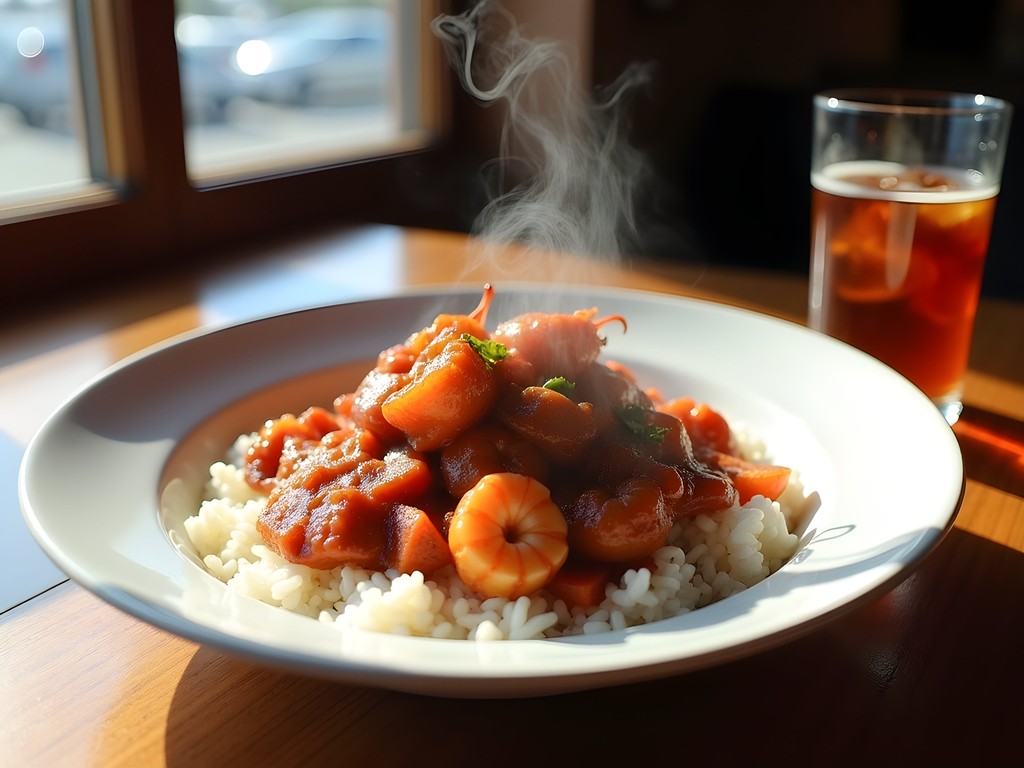
💡 Pro Tips
- Order crawfish only during months with 'r' in them (January-April) for peak season quality
- Request your gumbo 'with potato salad' for an authentic local touch – it's often served with a scoop in the middle of the bowl
- Ask for bread on the side with any sauced dish – sopping up the remaining sauce is practically mandatory
Backstreet Discoveries: Off-Grid Culinary Treasures
My surveying background has taught me that the most interesting discoveries often lie beyond official maps. The same holds true for Cajun cuisine in Baton Rouge, where some of the most authentic experiences exist in understated locations that tourists typically overlook.
Tony's Seafood Market & Deli holds the distinction of being Louisiana's largest seafood market, but locals know it's also home to exceptional boudin – a Cajun sausage containing pork, rice, and seasonings that serves as an edible barometer for Cajun culinary skill. I carefully documented the variations in texture and spice profiles between their regular and spicy versions, noting the precise ratio of meat to rice.
In north Baton Rouge, Bellue's Fine Cajun Cuisine operates from an unassuming building that's easy to miss without precise coordinates. Their stuffed turkey wings – a regional specialty not commonly found on tourist menus – demonstrate how Cajun cooking transforms humble ingredients into extraordinary meals. The wings are deboned, stuffed with a savory rice dressing, and slow-cooked until tender.
Perhaps my most valuable discovery was George's under the overpass – a no-frills establishment where the hamburger steak with brown gravy represents the everyday Cajun home cooking rarely featured in food magazines. The restaurant's placement beneath Interstate 10 reminds me of how often valuable things exist in overlooked spaces.
To document these culinary expeditions properly, I used my food journal to record not just flavors but contexts – who was eating there, the average age of patrons, what language was being spoken at neighboring tables. These environmental factors are as important to understanding a food culture as the ingredients themselves.
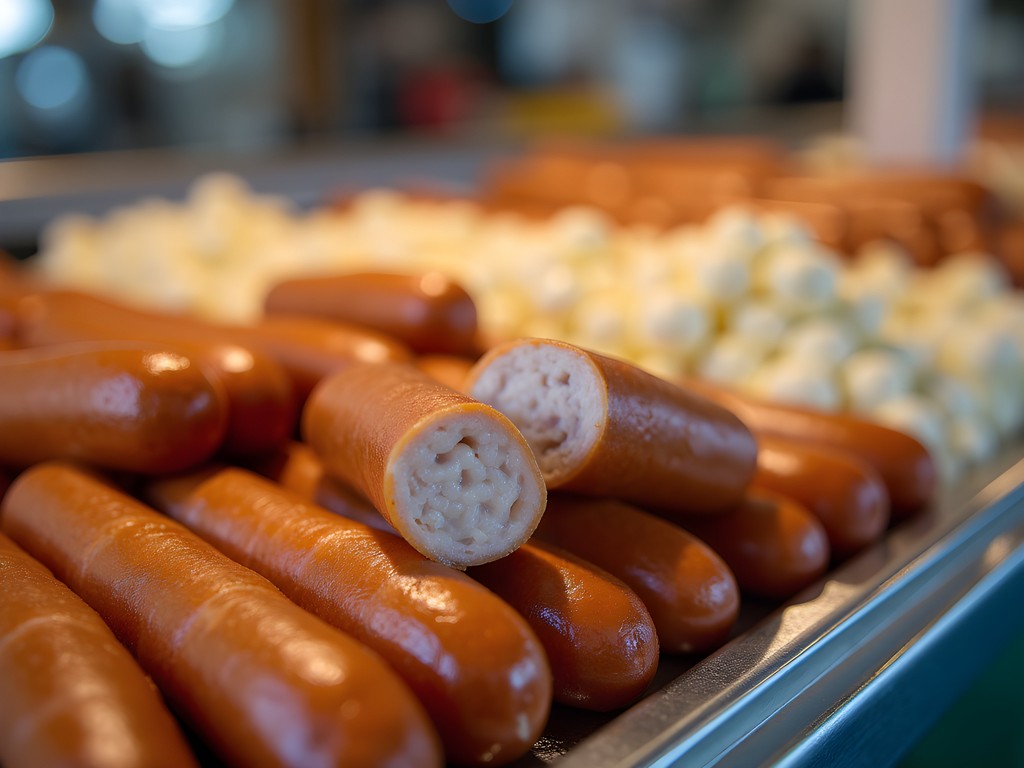
💡 Pro Tips
- Visit Tony's Seafood early on Friday mornings when their boudin is freshest
- Look for restaurants with menus written in both English and French – often a sign of generational Cajun ownership
- Trust establishments where locals outnumber tourists by a significant margin
Cultural Intersection: Where Street Art Meets Food Culture
As someone who documents street art alongside geological formations, I was delighted to discover how Baton Rouge's culinary scene intersects with its visual culture. Throughout the city, murals depicting Cajun life and food traditions create a visual narrative that enhances the eating experience.
In the Mid City district, I mapped a concentration of food-themed murals, including a striking depiction of a traditional crawfish boil on the side of Baton Rouge Seafood Market. The mural's perspective lines draw the viewer's eye to the central crawfish pot – a compositional technique that mirrors how the crawfish boil serves as the centerpiece of Cajun gatherings.
At the overpass near Government Street, a series of murals depicts the agricultural history of the region, showing sugarcane harvesting and rice cultivation – two crops fundamental to Cajun cuisine. I spent an afternoon sketching these works in my field journal, noting how the artists used color to convey the heat and humidity that shapes local cooking methods.
What fascinated me most was the Spanish Town neighborhood, where several buildings feature folk art representations of food preparation techniques. One particularly moving piece shows three generations of women making gumbo together, their hands positioned identically over the pot – a visual representation of how these traditions are preserved through direct transmission.
To properly photograph these intersections of food and art, I used my compact camera with its excellent low-light capabilities, essential for capturing the indoor-outdoor transitions common in Baton Rouge's culinary spaces.
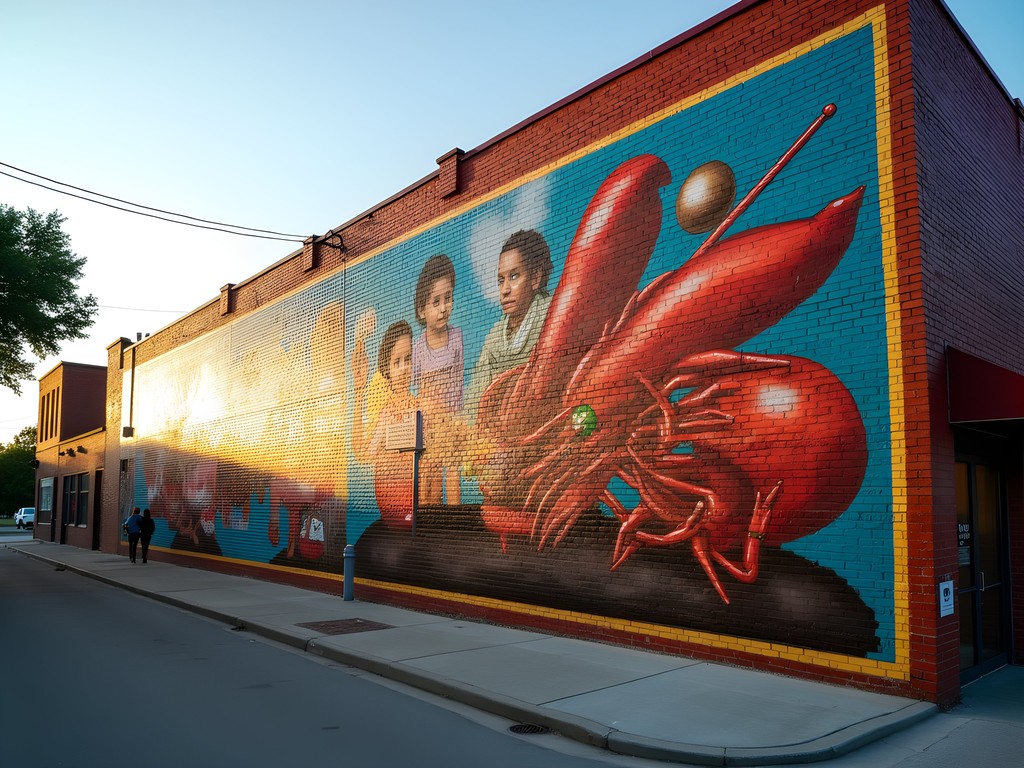
💡 Pro Tips
- Take a self-guided mural tour of Mid City before dinner to build context for your meal
- Visit the Louisiana Art & Science Museum for historical context on how food traditions developed in the region
- Look for community events where cooking demonstrations happen alongside art activities – these often occur at Galvez Plaza
Final Thoughts
As I pack away my surveying tools – both literal and metaphorical – from this weekend exploration of Baton Rouge's Cajun cuisine, I'm struck by how this food culture represents a perfect intersection of precision and passion. Like the careful measurements of a land survey, these recipes have been refined over generations, with each ingredient serving a specific purpose in the overall composition. Yet unlike the unchanging contours of a geological formation, Cajun cuisine remains dynamic – adapting and evolving while maintaining its essential character. Whether you're mapping your own culinary adventure through Louisiana's capital or simply seeking to understand how food embodies cultural resilience, Baton Rouge offers coordinates to a deeply authentic experience. Just remember to bring your appetite, curiosity, and willingness to venture beyond the obvious landmarks. The true treasures, as any good surveyor knows, often lie just beyond where the common maps end.
✨ Key Takeaways
- Authentic Cajun cuisine in Baton Rouge emphasizes depth of flavor through technique rather than excessive heat
- The best culinary experiences combine established restaurants with market visits to understand ingredient sourcing
- Local food traditions are inseparable from the broader cultural context, including art, music, and community gatherings
- Venture beyond downtown to discover neighborhood establishments where everyday Cajun cooking thrives
📋 Practical Information
Best Time to Visit
Year-round, though January-April for crawfish season
Budget Estimate
$40-80 per day for meals
Recommended Duration
2-3 days
Difficulty Level
Beginner

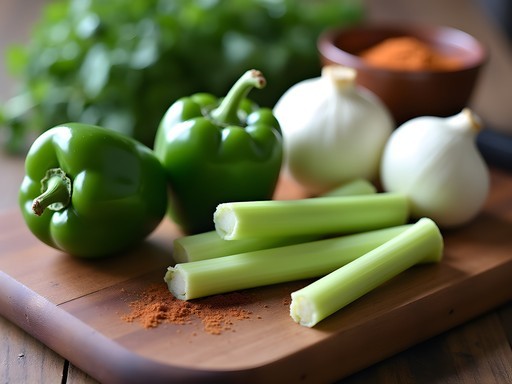
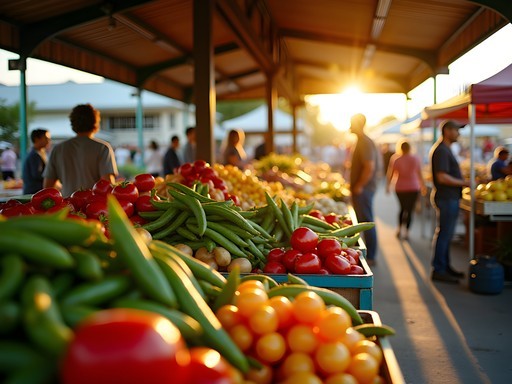

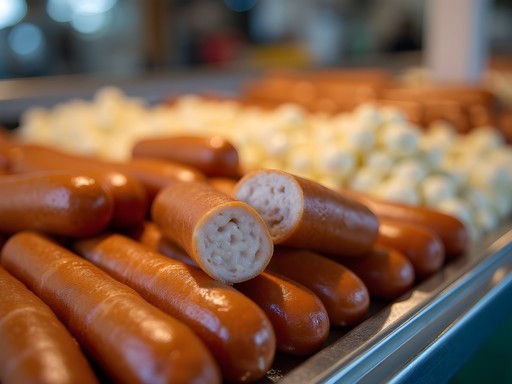
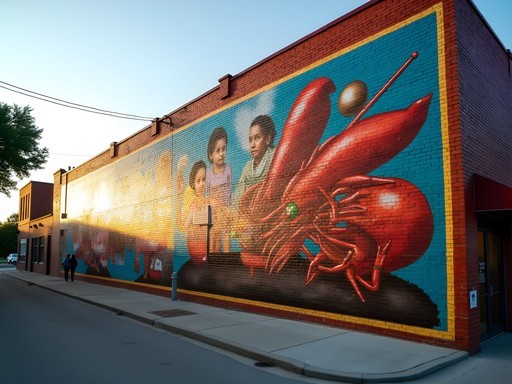


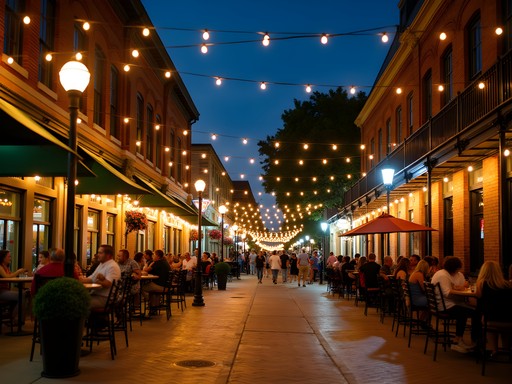




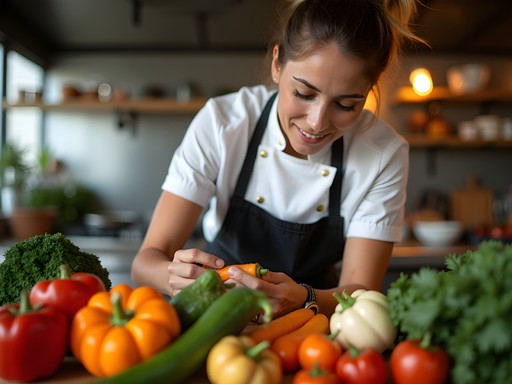

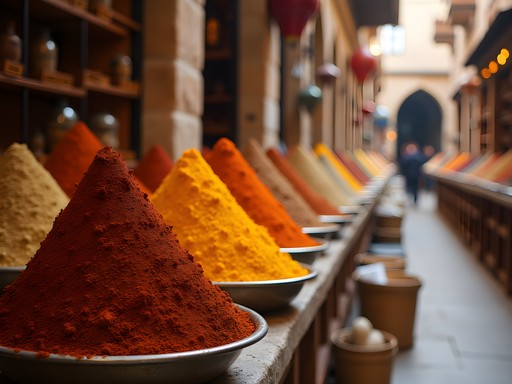
Comments
Sophia Gomez
Willow, your surveyor's approach to food exploration is brilliant! I was in Baton Rouge for a conference last month and used your guide like a treasure map. The 'Market Mapping' section was particularly helpful - I ended up at the Red Stick Farmers Market and bought some amazing spice blends to bring home. I've been using my cast iron skillet to recreate some Cajun dishes back home in Pittsburgh. My attempts at jambalaya aren't quite the same as Dempsey's, but getting better! Did you find the locals were willing to share their family recipes? Everyone I met was so generous with their culinary secrets.
Willow Yamamoto
Sophia, that makes me so happy to hear! Yes, the locals were incredibly generous with their recipes. One woman at the farmers market actually wrote down her family's roux technique for me on the back of a receipt! Have you tried making a proper dark roux yet? That's the foundation of so many great Cajun dishes.
Sophia Gomez
I have! My first attempt was a disaster (burnt it to a crisp 😂) but I'm getting better. That patience for the perfect roux color is an art form!
redlover
That gumbo looks amazing! 🤤
SouthernComfortSeeker
Your description of boudin balls has me drooling! Added to my bucket list!
tripmaster
Your post brought back so many memories! I was in Baton Rouge last year and totally underestimated how amazing the food scene would be. That place you mentioned - Poor Boy Lloyd's - their shrimp po'boy changed my life! Did you get a chance to try the crawfish étouffée at Parrain's? That's another spot that blew my mind. Can't wait to go back and hit some of your 'backstreet discoveries' I missed!
Willow Yamamoto
Yes! Parrain's was actually on my list but I ran out of time. Definitely going back to try their crawfish étouffée - heard amazing things about it. So glad the post brought back good memories!
tripmaster
You absolutely must! And when you go back, try Tony's Seafood Market too - it's where the locals shop and you can get the freshest stuff to cook if you have a kitchen.
TravelingFoodie45
Just got back from Baton Rouge and used your guide extensively! Tony's Seafood Market was exactly as you described - chaotic but absolutely worth it. We went on Friday when they do the live boils and the atmosphere was electric. One place I'd add to your list is Poor Boy Lloyd's downtown. Their oyster po'boys are simple perfection. I also picked up a Cajun cookbook while there that's been great for recreating some dishes at home. Your 'Market Mapping' section helped me navigate the local ingredients so much better than I would have otherwise!
CajunBayouBaby
Poor Boy Lloyd's is a treasure! Been going there for 20+ years. Pro tip: ask for extra remoulade on the side.
LouisianaLover
Those beignets in your third photo look incredible! Where exactly was that?
adventureclimber
Heading to Baton Rouge next month! Any tips on which local hot sauce to bring home? My spice tolerance is medium at best lol
BRLocal225
Not the author but definitely try Cajun Power Garlic Sauce! It's flavorful without killing your taste buds. You can find it at most grocery stores around here.
adventureclimber
Thanks for the tip! Adding it to my list. Can't wait to try all this amazing food!
Adam Nichols
Fantastic breakdown of Baton Rouge's culinary landscape, Willow! As someone who's mapped food scenes across three continents, I appreciate your surveyor's approach to categorizing the cuisine. I visited last year and found the distinction between Creole and Cajun cooking fascinating - something many travelers miss. Your section on 'Backstreet Discoveries' particularly resonated with me. That tiny place on Government Street (Paw-Paw's Cajun Kitchen, if I recall correctly) served me the most authentic gumbo I've had outside someone's home kitchen. Did you happen to try their crawfish étouffée? Curious how it compares to the version at Parrain's that you mentioned.
adventureclimber
Paw-Paw's is amazing! Their étouffée is way better than Parrain's imo. More depth to the roux and the crawfish taste fresher. No fancy presentation but who needs it when the flavor is that good?
Adam Nichols
Good to know! I'll have to try it next time. Did you get a chance to meet the owner? He has some fascinating stories about how those family recipes evolved.
wanderguy867
Just got back from BR and used this guide extensively - spot on recommendations! That hidden gem you mentioned, Cecelia's Creole Bistro, was INCREDIBLE. The owner came out and told us stories about his grandmother's recipes while we ate. One thing to add - if you're there on a Thursday night, check out Phil Brady's for live zydeco music while you eat. Nothing like dancing off all those calories from the day's food adventures! Also found this amazing spice shop in the Garden District that lets you blend your own Cajun seasonings to take home. Perfect souvenir that doesn't take up much luggage space!
luckynomad
What's the name of that spice shop? Sounds perfect for gifts!
wanderguy867
@luckynomad It's called Red Stick Spice Company. They'll even ship stuff home for you if you buy too much (which I definitely did lol).
roampro
Just bookmarked this for my road trip next month! Thanks!
Venture X
Premium card with 2X miles, $300 travel credit, Priority Pass